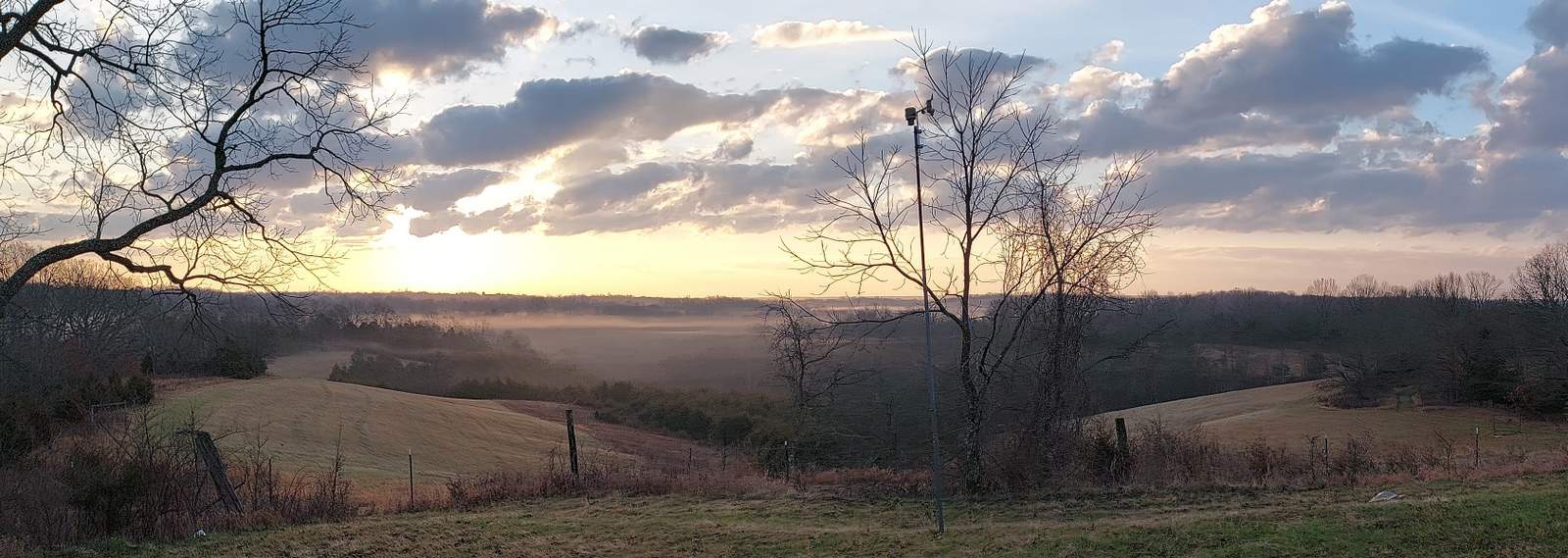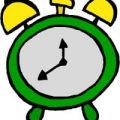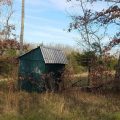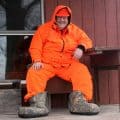DST — More on this Deer Hunting Bugaboo
As you know, I have been examining the effects of Daylight Savings Time (DST) on sport of deer hunting– especially the effects on the deer themselves. This year, I have been conducting expanded experiments at the D&DH Pro-Staffer facility near Browningsville, KY.
Three identical plots were created, each filled with a combination of ladino clover and wheat.
In Plot #1, the Accelerated Plot, I placed test equipment including a Shamanic Anti-DST device that simulated the time change 2 weeks early.
In Plot #2, the Control Plot, I placed test equipment but no Anti-DST device. DST will change back this weekend with no interference.
In Plot #3, the Decelerated Plot, I placed test equipment and a Shamanic Anti-DST device that will simulate a time change that is one week after the normal time change.
The results so far are impressive. In each case, the introduction of the Shamanic Anti-DST device had a remarkable effect on the deer. Upon the introduction of the device, there was a 30% decrease in activity in the test plot. Followed by a gradual return to normal activity. Our researchers here at the Black Hole Institute of Cervid Behavior see this as remarkable. For the first time a temporal disruption has been documented with the deer, followed by a gradual re-acclimation. Additionally, the team noted a surge of activity in each of the adjoining fields after the test equipment had been installed. It is like the deer actually sense the change in time, disappear for a while and then filter back in when the feel more comfortable. We are still sifting through the data , collected on a variety of instruments, including 10 game cameras, and a Dopler Radar rig we borrowed from the meteorology dept. at a local college. All in all it took a full week and 10 interns to set up all the equipment in each plot.
Now exactly what physiological effects the Anti-DST devices are having on the deer are still a mystery. We are working on a way to measure rectal temperature on the test deer, but so far, we have been unable to introduce the probes into the deer. We were hoping to do this in conjunction with the test of the Anti-DST devices, but it was hard for the research team to get any of the deer to cooperate. Indeed, the first deer did not like the devices one bit and fought savagely from the moment one of our interns applied an alcohol swab to the test subject to clean the area and make it sterile for insertion of the probe. The test subject was a 3.5 year old buck. The intern is in fair/stable condition, recovering from numerous puncture wounds and a serious amount of trampling.
We have not seen this particular subject deer since.
As you remember, last year at this time. . .
Well, first off. You have to take into account the captive cervid studies. This was done in . . . rummage, rummage. . .Ah, here it is! Here’s the quote from the Schwartzloch Institute outside of Munich.
Whilhelm Von Schmidt:Unsere Studien zeigen jenen roten Hirsch, nachdem sie zu einem periodischen Anreiz entblößt sind, wird sehr hat umgerührt werden, wenn jener Anreiz verändert ist, oder ist entfernt. Nur Haben einer Uhr über ihrem Kugelschreiber wird problematisch wenn jene Uhr sein, die sie mit Zufuhr verbinden werden, ist usw. in Beziehung mit der Sonne eingestellt. In einem größeren Bild können wir sehen, wo irgendeine periodische menschliche Tätigkeit, wenn es auf Uhr Zeit basiert ist, wird den gefangenen roten Hirsch stören, wenn es eine Hauptänderung gibt.
My German is a little weak, but basically what Von Schmidt’s saying is that their studies show that red stag, once they are exposed to a periodic stimulus will become highly agitated when that stimulus is altered or removed. Just having a clock above their pen will be problematic if that clock, which they will associate with feeding, etc. is adjusted in relationship with the sun. However, it goes deeper than that. They can where any periodic human activity, if it is based on clock time will disrupt the captive red stag, if there is a major change. What this means is that means that all of a sudden hunters start going into the woods an hour earlier, or the school busses run differently on the roads or. . . well, think of all what adjusts when DST reverts back in the fall– it all seems to disrupt deer behavior.
It isn’t just the Germans and captive deer, there’s now signs of it showing up in whitetail studies from this place:
http://wildlifecontrol.info/deer/Pages/default.aspx
I’m not sure how it affects truly wild deer. However, the question then becomes: what’s a truly wild deer. I mean, how far back in the woods do you have to go to find deer that are not some way influenced by periodic human activity.
This post has already been read 670 times!
Views: 0








Comments
DST — More on this Deer Hunting Bugaboo — No Comments
HTML tags allowed in your comment: <a href="" title=""> <abbr title=""> <acronym title=""> <b> <blockquote cite=""> <cite> <code> <del datetime=""> <em> <i> <q cite=""> <s> <strike> <strong>